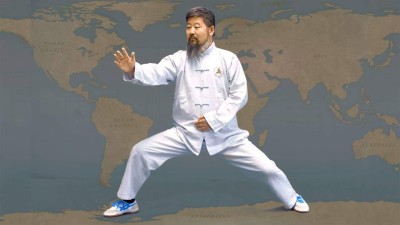
Chen Zhonghua Zhuanyong-Chen Zhonghua Block Touching Coat
Yilu trains the body in a soft way
Erlu trains the techniques in a vigorous way
With both combined, then you know Taijiquan
Read more
by Yuxin Liu on 2021/09/20

by Kelvin Ho on 2021/09/19
by Shopmaster on 2021/09/19
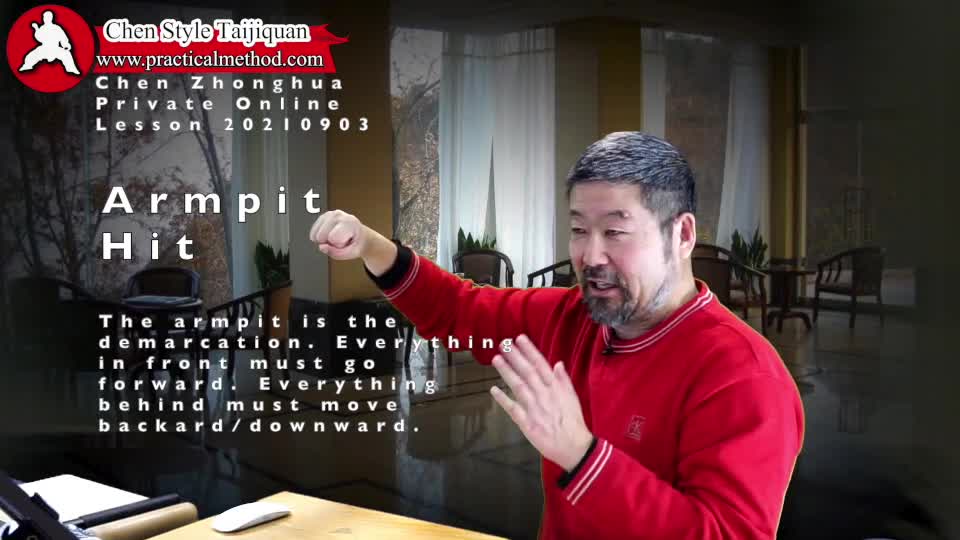
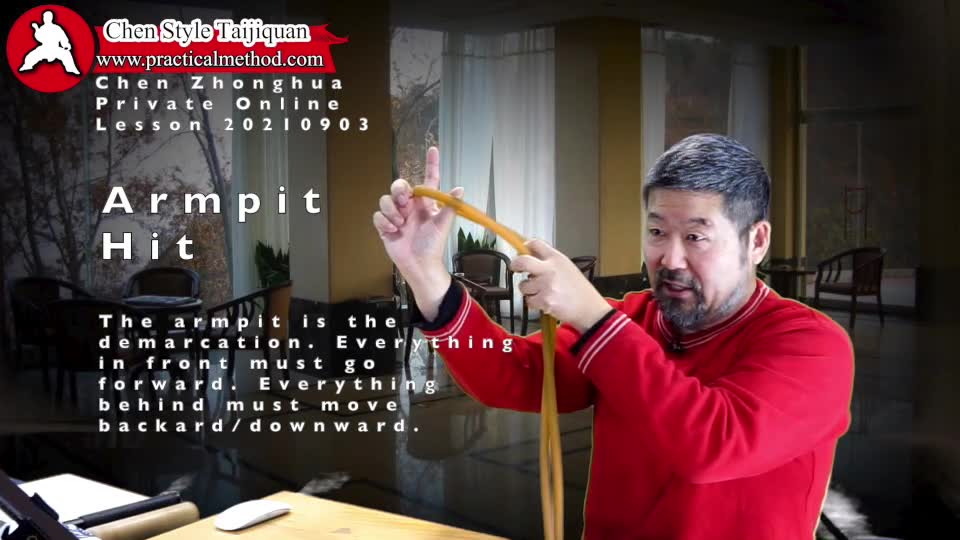
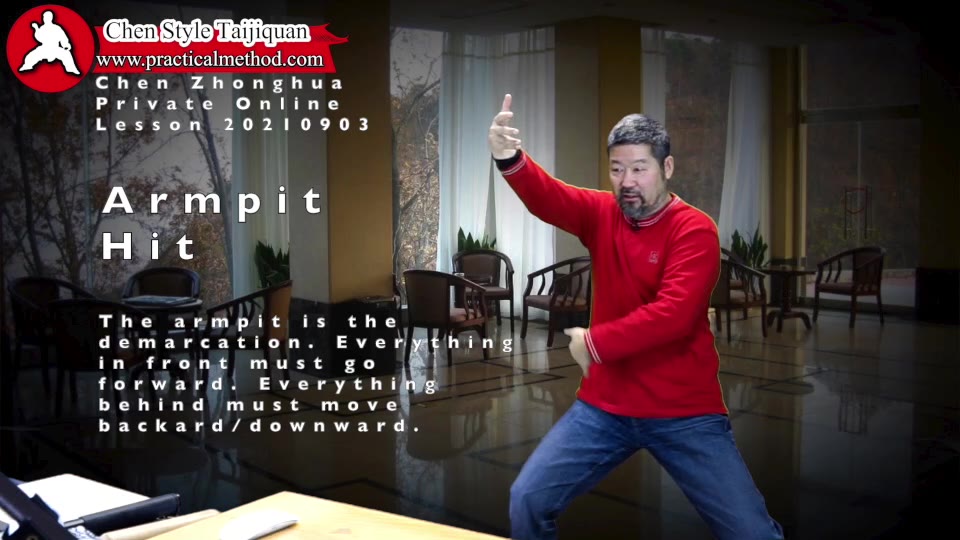
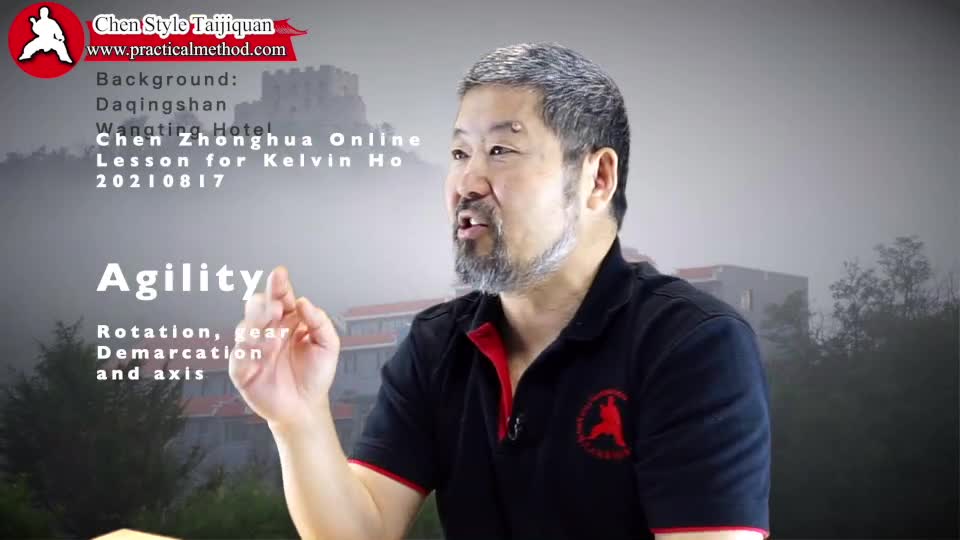
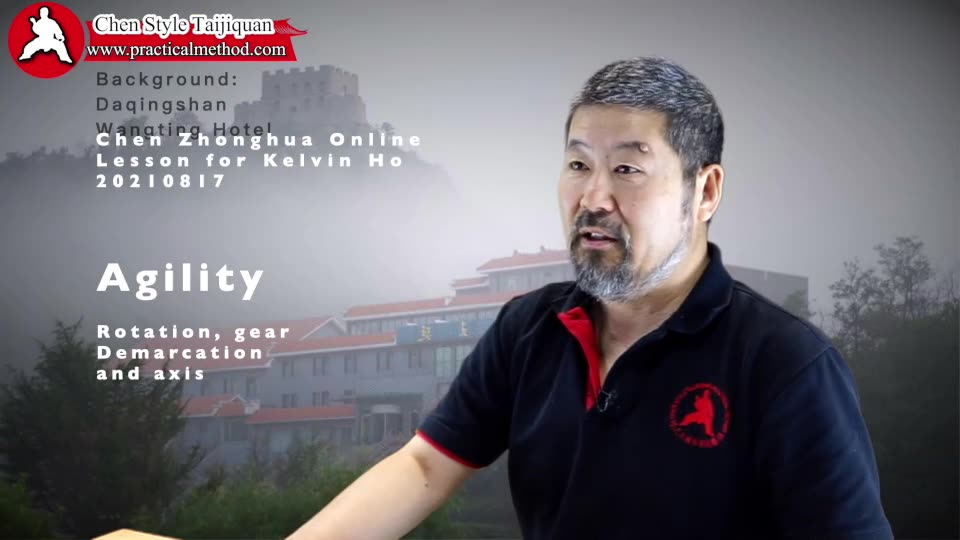

by Shopmaster on 2021/09/17
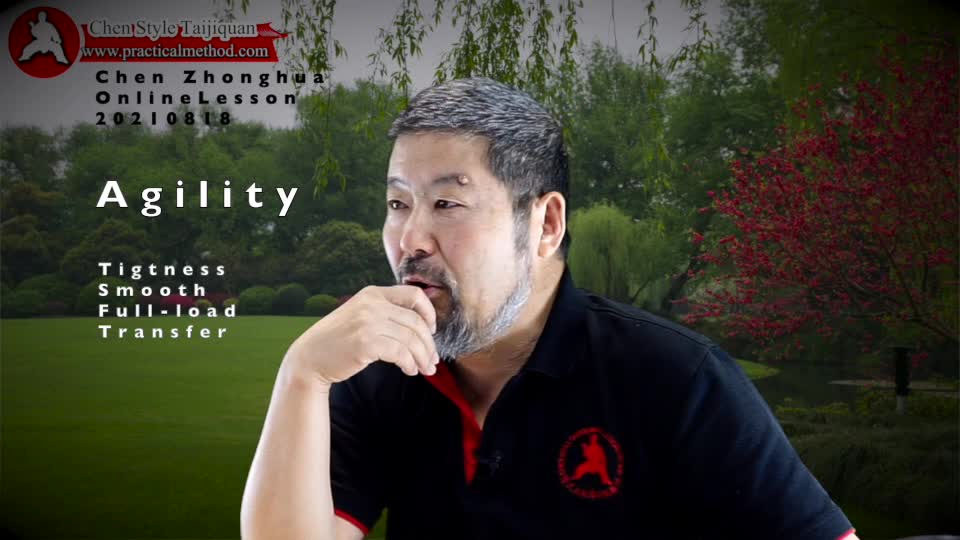

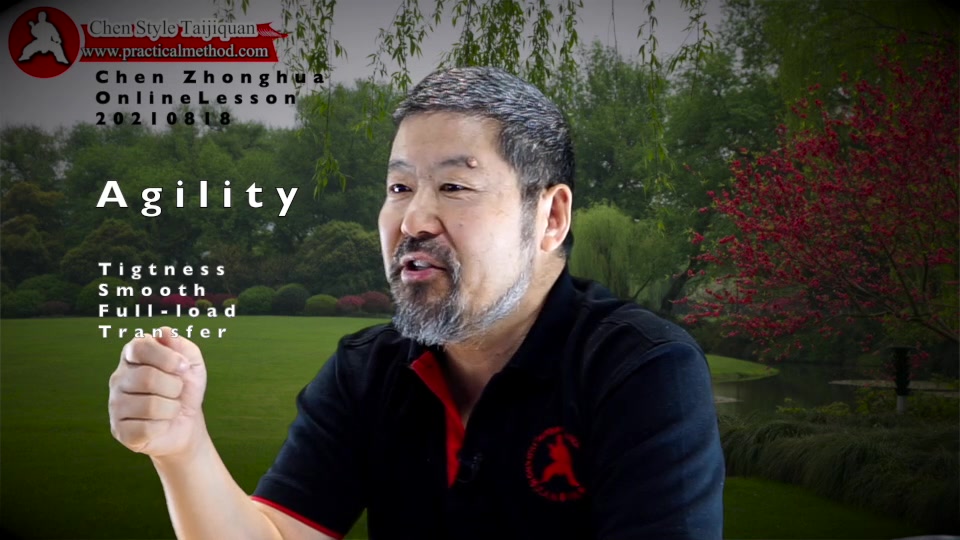
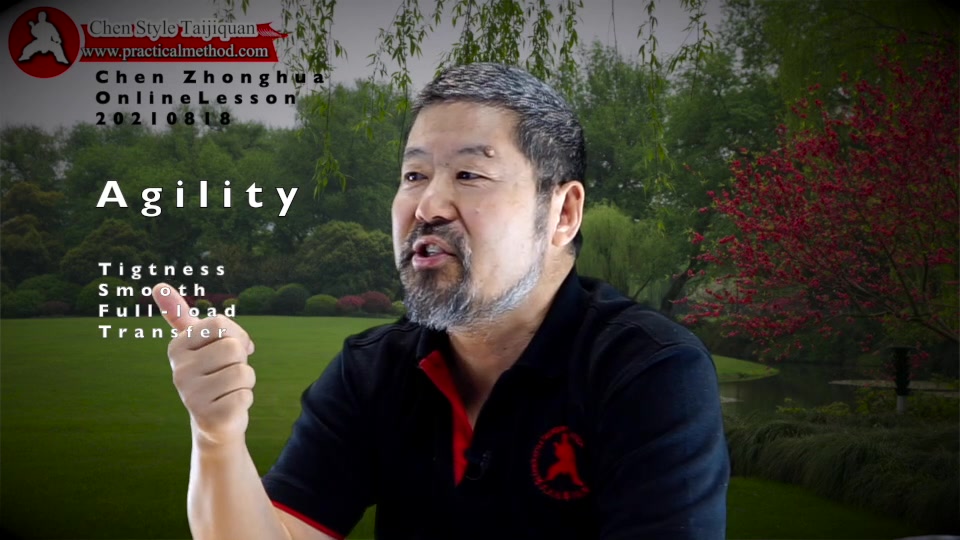
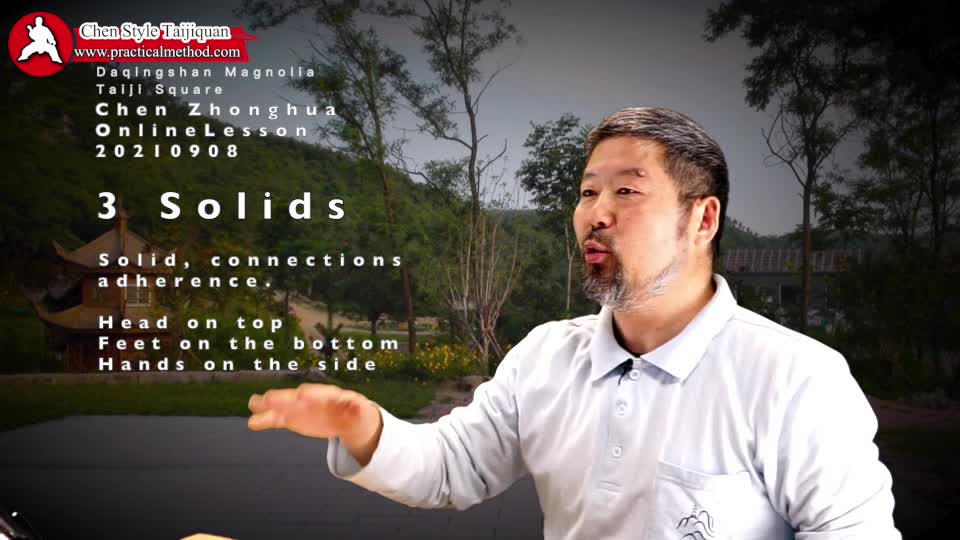
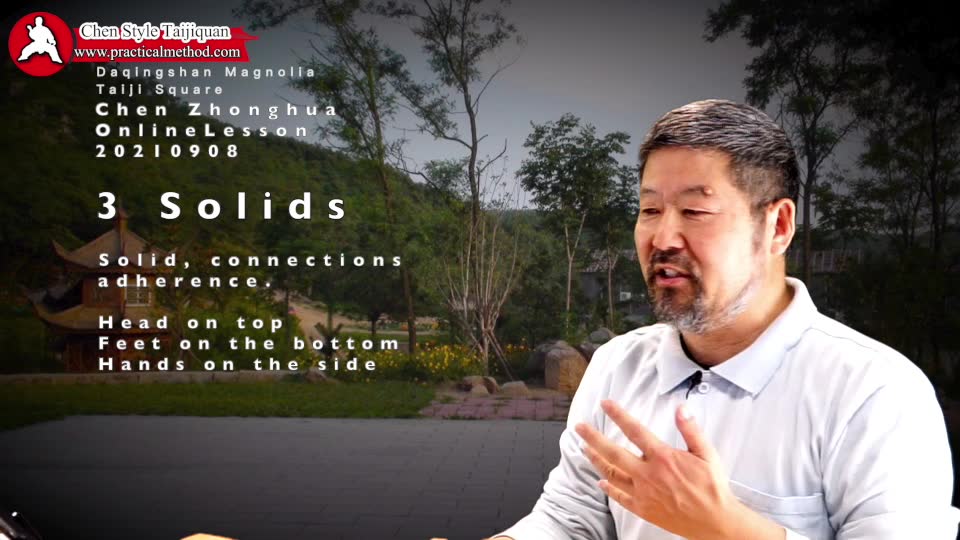
by Yuxin Liu on 2021/09/09
by Shopmaster on 2021/08/27
by Shopmaster on 2021/08/26
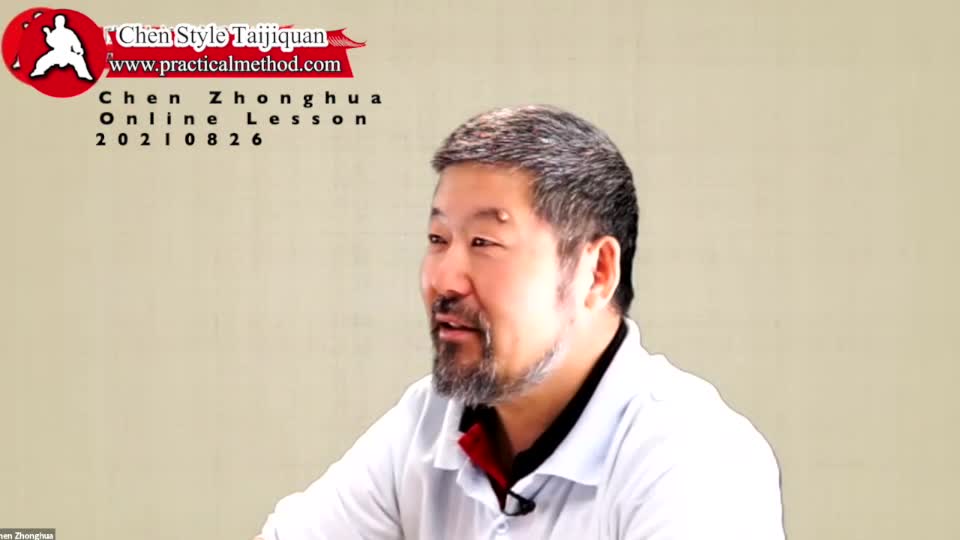

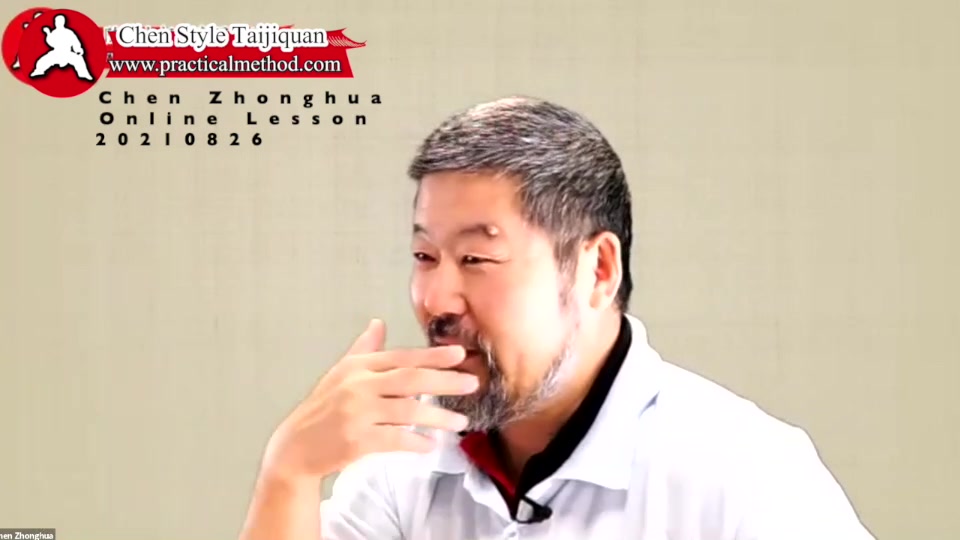

by Shopmaster on 2021/08/25
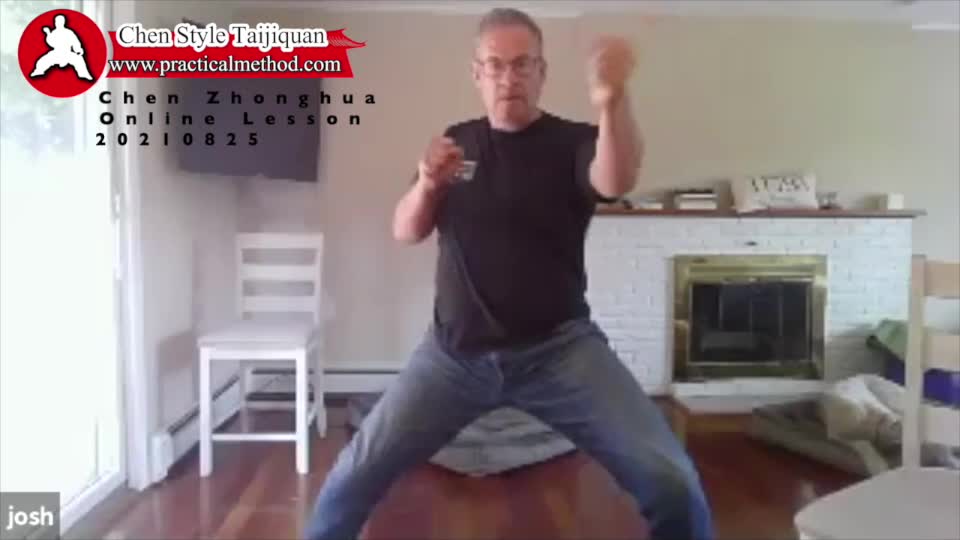
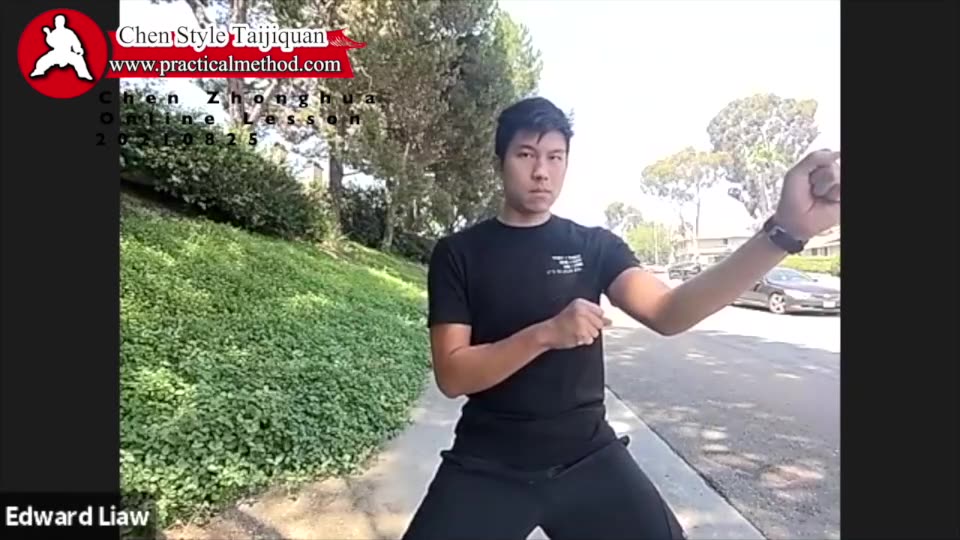
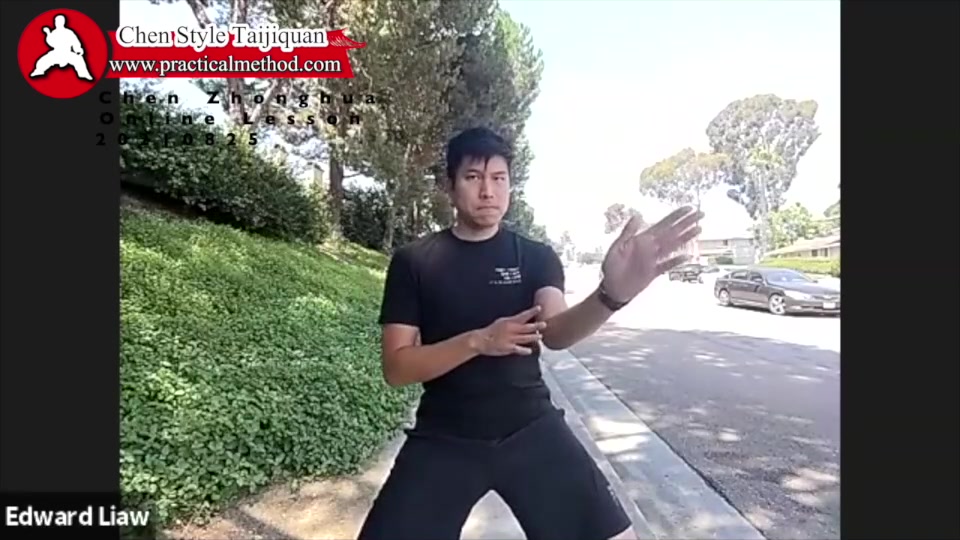
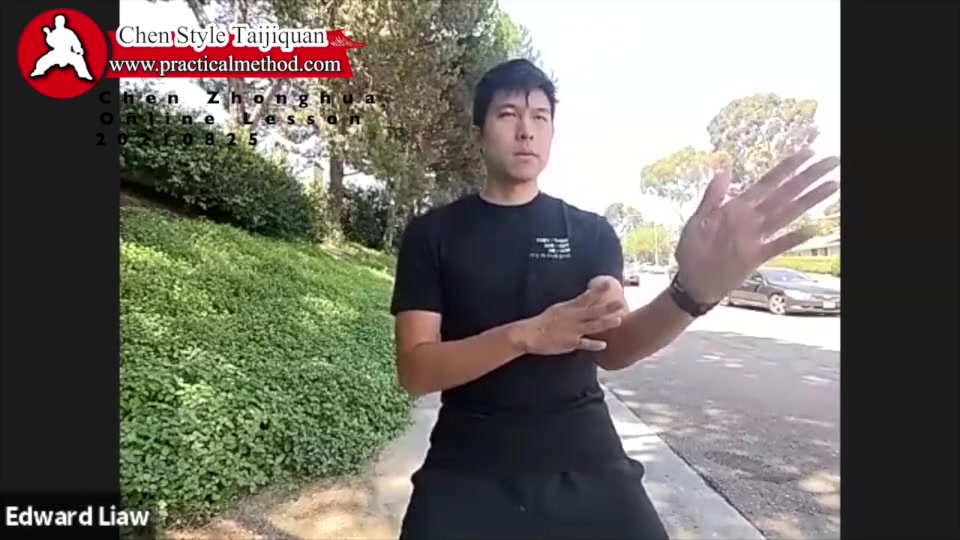
by Shopmaster on 2021/08/19
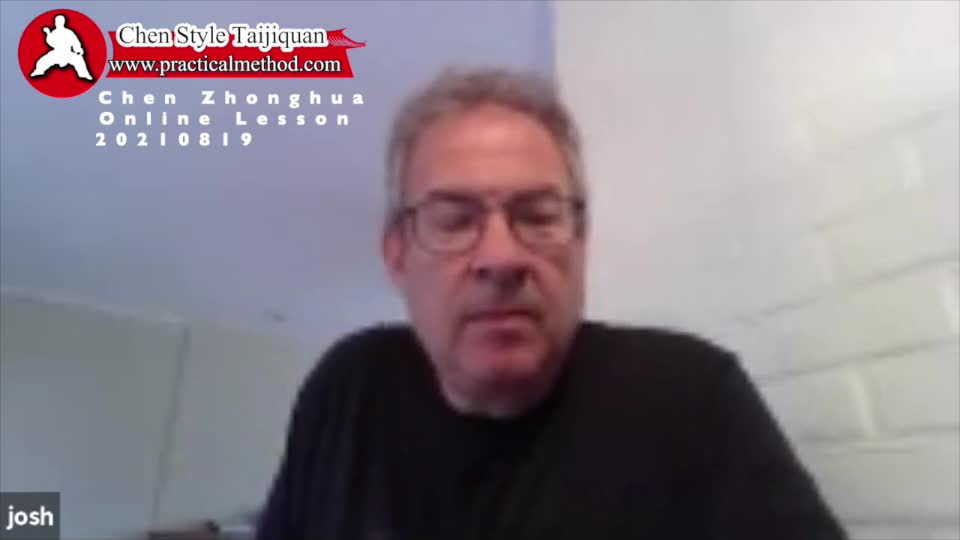
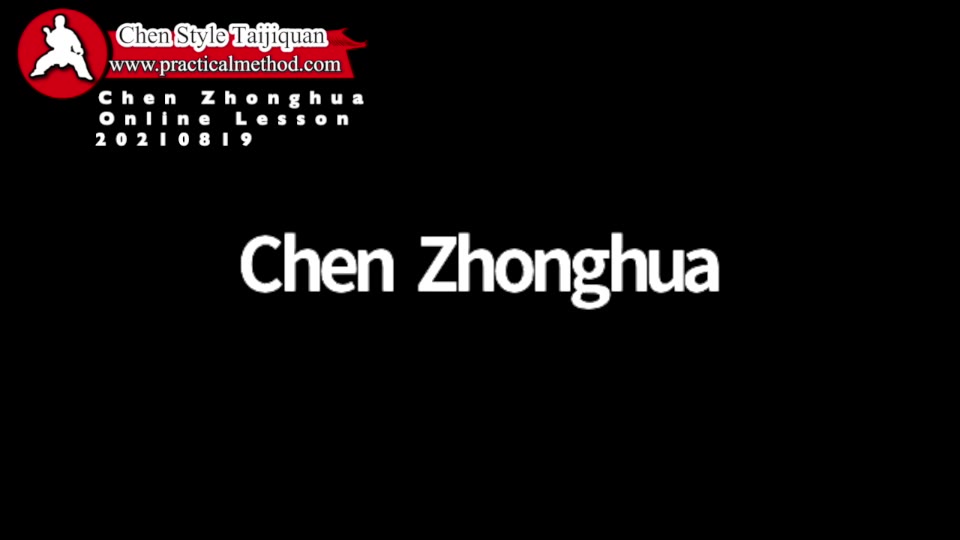

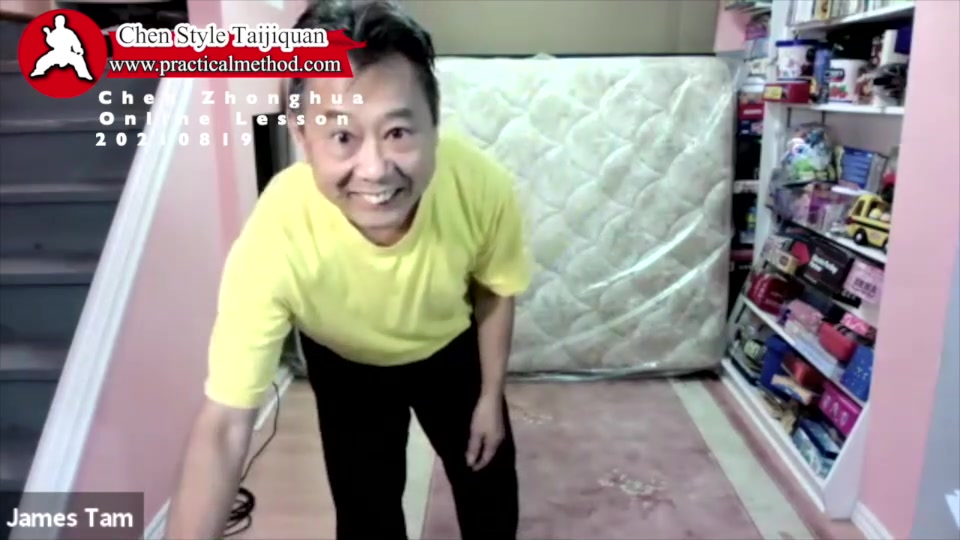
by Shopmaster on 2021/08/11
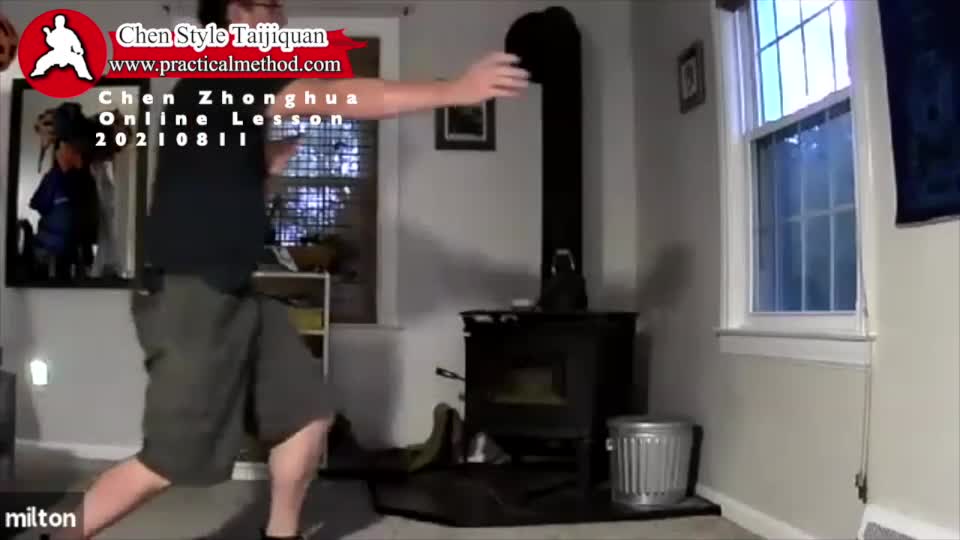
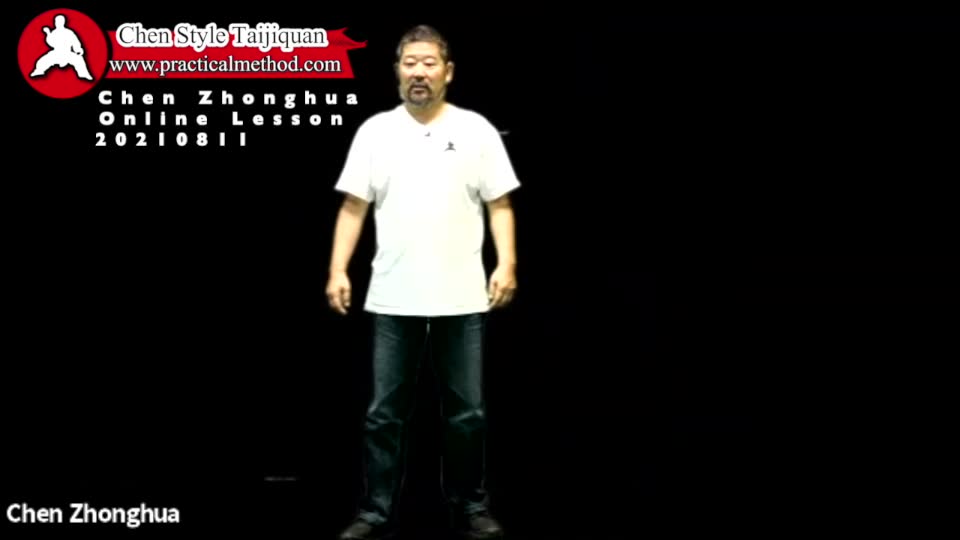
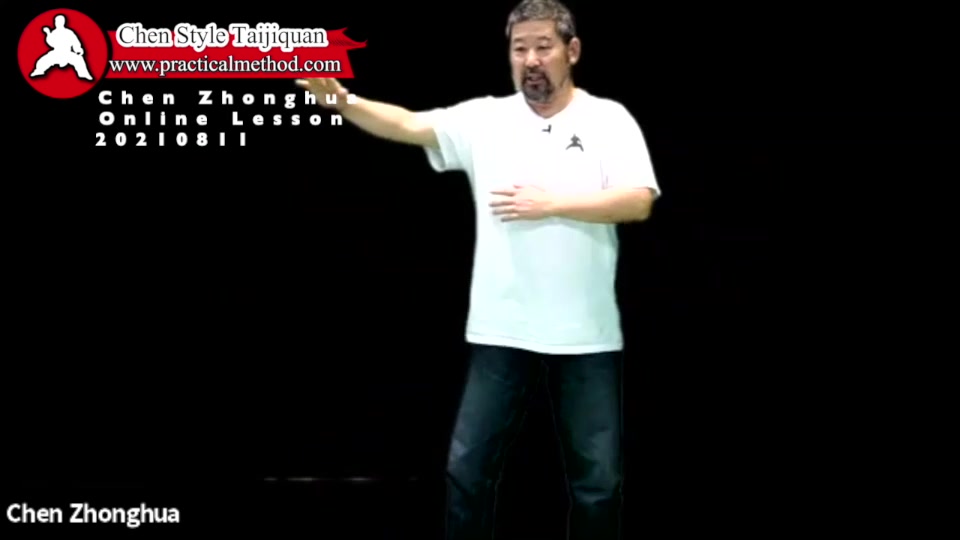
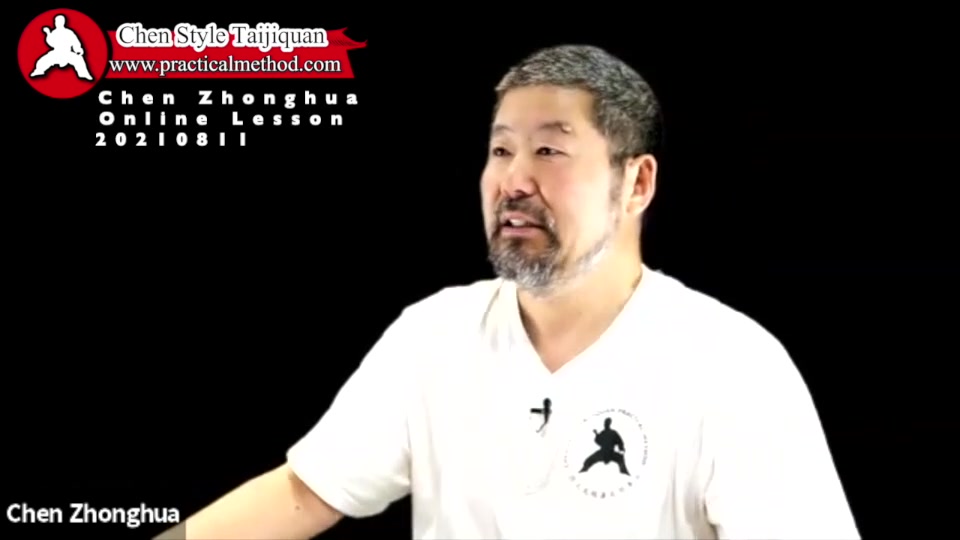
by Shopmaster on 2021/08/05


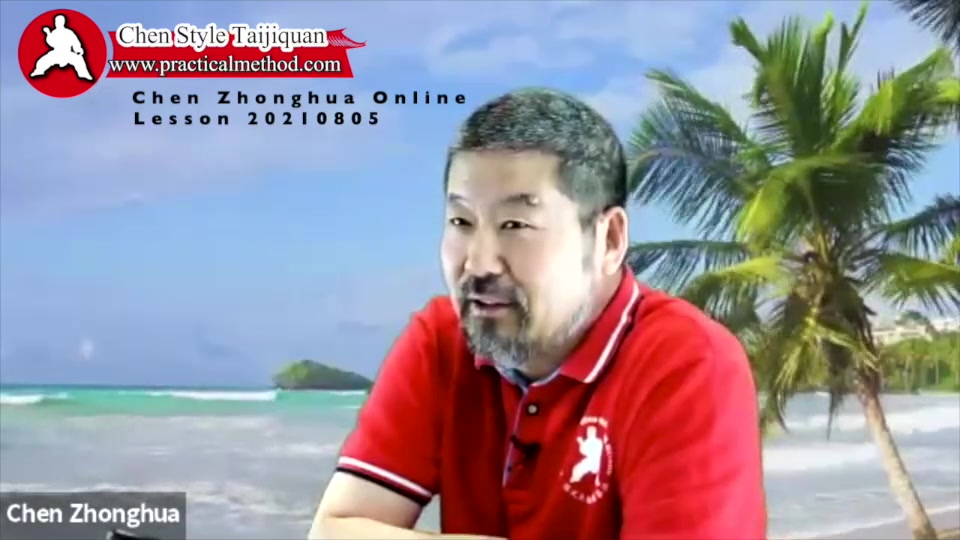
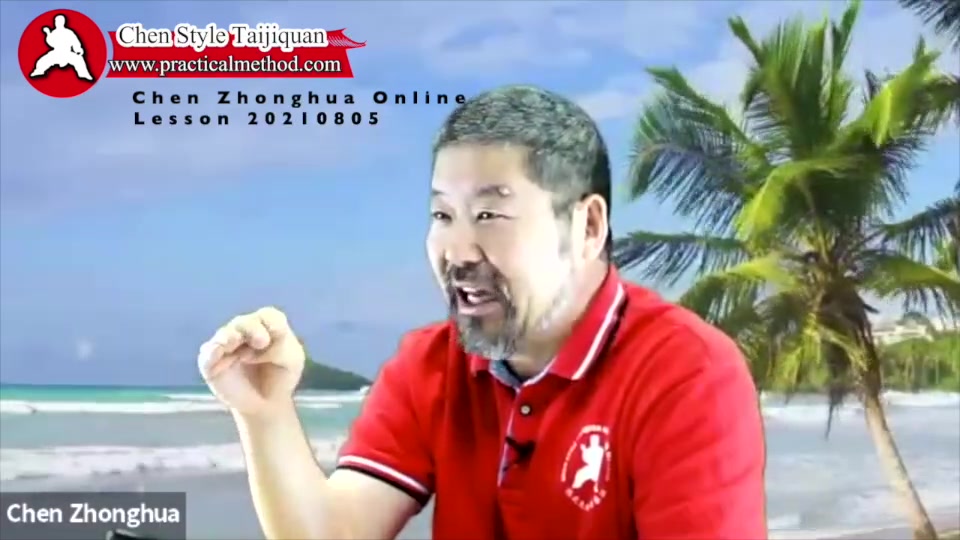
by Shopmaster on 2021/08/04

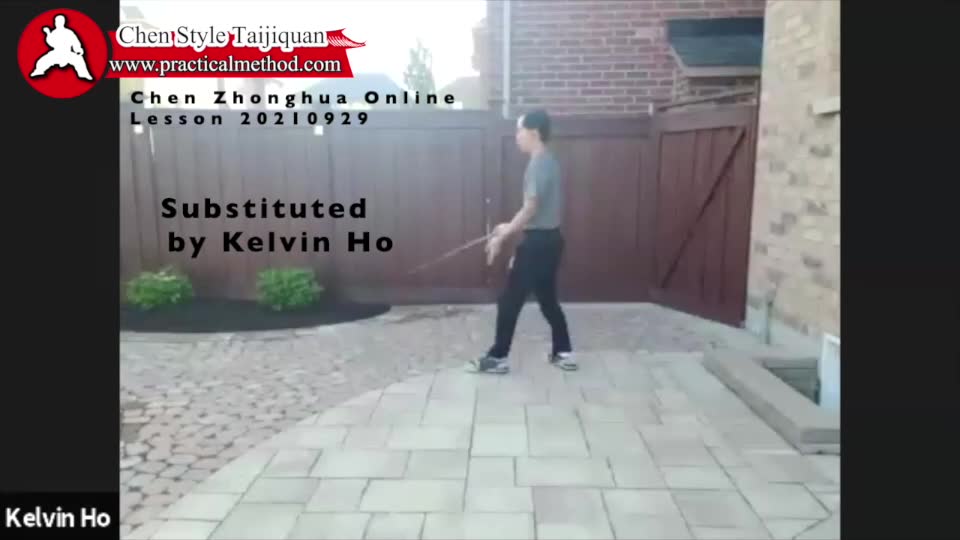
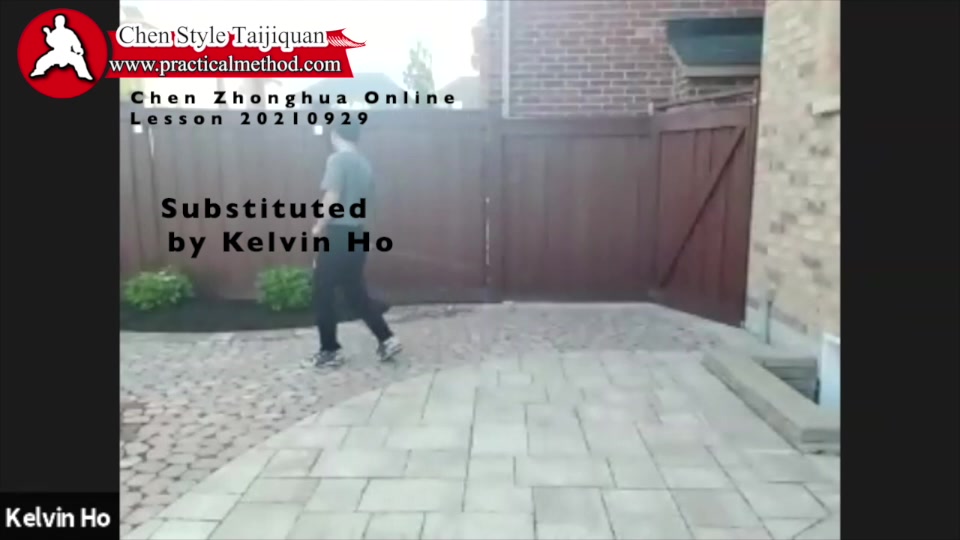
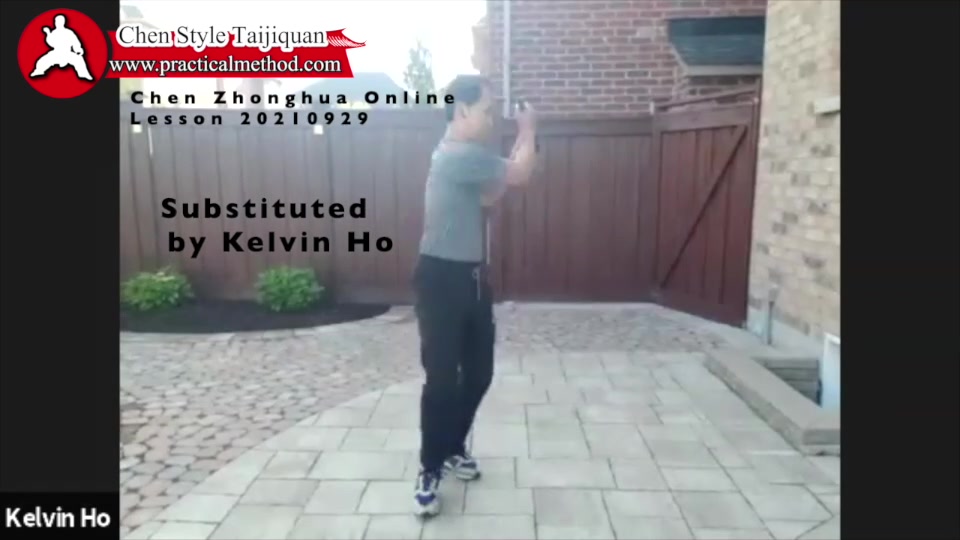
by Shopmaster on 2021/05/07
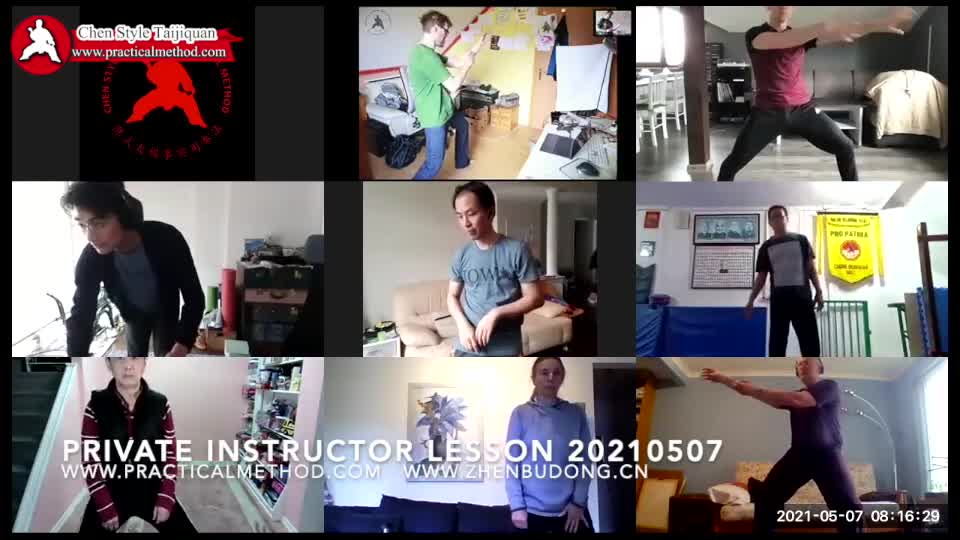
Presenter: Chen Zhonghua Length: 9 min. In: English Year: 2021 Difficulty:4/5 At:Edmonton Chen Zhonghua Taiji Academy
by Shopmaster on 2021/05/03

Neigong refers to the internal energy. It is the part of Taiji that is difficult to teach, to learn and to explain.
In this mini lesson, Master Chen Zhonghua tries to teach the most basic elements of Neigong training. He focuses on three basic physical ways of attaining internal strength. 1. Create compressed power. 2. Create twisting power. 3. Create rotational power while maintaining compression and twisting power.
Presenter: Chen Zhonghua Length: 10 min. In: English Year: 2021 Difficulty:4/5 At:Edmonton Chen Zhonghua Taiji Academy
by Shopmaster on 2021/04/23

Presenter: Chen Zhonghua Length: 76 min. In: English Year: 2021 Difficulty:5/5 At:Edmonton Chen Zhonghua Taiji Academy
by Kelvin Ho on 2021/03/18
On Mar 12, 2021, Master Chen was instructing on an exercise, in which, I put up my left forearm in front of and parallel to my chest. I need to push the elbow downwards with a pivot in the middle of my forearm, with the load on the hand. The desired outcome requires me to create an independent setup of a lever, and then press down on one side of the lever (elbow). This is separation of yin and yang because the downward force is independent of the lever setup. The lever setup cannot break or change its integrity when the downward force is applied. The outcome of the lever action is predetermined by the setup. The downward force when applied in a specific way simply makes it happen. If the downward force is not applied correctly or the lever setup breaks down, the desired outcome will not happen.
Read more
by Chen Zhonghua Taiji Academy on 2021/01/04
Adjust Yourself, Not Your Opponent
First you make contact, then you adjust yourself, in the end you defeat your opponent. This process is what we generally call “Adjust yourself, not your opponent”.
On making the initial contact, Peng must be present. As soon as you touch your opponent you must establish superiority over him/her. You must be lose advantage.
If you succeed in dealing with the initial contact, you already have won half the battle. Where you make the contact, do not move it. You can only make some minor adjustments. The key to success is whether while holding (Peng) your opponent, you can adjust yourself. Beside the point of contact, adjust the rest of your body to the most advantageous position.
At this point, you can beat you opponent any way you chose to. If it is not the case, your first two steps were not done right.
by Pawel Mueller on 2020/12/04
We hear those things often. In this article I‘ll give an overview of what that means and also write a little bit of how to implement it into your body.
The concepts are very easy to explain. So here we go: Read more
by Kelvin Ho on 2020/11/24

Suppose you have only a 4 liter container and a 9 liter container. The containers have no measurement lines on either of them. How could you measure exactly 6 liters of water using only those containers assuming you can have as much extra water as you need?
After I solved the above puzzle, I had a realization on the statement “taiji is 3”.
Read more
by Kelvin Ho on 2020/11/11
The video showed 3 moves of the Practical Method Straight Sword form, namely, Left cut wrist, Right cut wrist and Sweep down one thousand soldiers. Read more
by Kelvin Ho on 2020/10/23
Not Moving is one of the most important concepts in Practical Method. There are 3 types of Not Moving.
Absolutely Not Moving
Relatively Not Moving
Restrictively Not Moving
by Kelvin Ho on 2020/10/18
by Kelvin Ho on 2020/10/14
Inflection points in differential geometry are the points of the curve where the curvature changes its sign. In the illustration below, it is when the tangent turns red or when the curve intersects with the X axis in this case.
by Kelvin Ho on 2020/10/13
“Rotation is changing direction without changing direction”
What kind of confusing statement is that?
Learning taijiquan is a feat in resolving conflicts.
Read more
by Kelvin Ho on 2020/10/08
 A leader is someone or something that others follow. If a number of people have to go through a tunnel that is only large enough to fit a person through at a time, the first person who goes through it is the leader, whom the rest of the people just follow. If multiple people try to go through the tunnel at the same time, there will be a jam, and no one can come out the other end. Read more
A leader is someone or something that others follow. If a number of people have to go through a tunnel that is only large enough to fit a person through at a time, the first person who goes through it is the leader, whom the rest of the people just follow. If multiple people try to go through the tunnel at the same time, there will be a jam, and no one can come out the other end. Read more
by Shopmaster on 2020/08/28
This is Master Chen Zhonghua’s official teaching version of the relationship between the two hands in all taiji moves. This mini video was taped on August 25, 2020 in Edmonton, Alberta, Canada. Read more
by Shopmaster on 2020/08/27
Master Chen Zhonghua’s Online lesson on August 27, 2020. This lesson focused on the following topics:
1. The rear foot, rear kua, front kua, front elbow, front hand will form a straight line 45 degrees upwards. This line does not connect to the upper body. This is an essential part of body postural change.
2. The shoulder cannot move forward with the arm.
3. The front kua pushed the front vertical line up all the way to the head, while the front shoulder pushes downward to form two opposite vertical lines: one up and one down.
This lesson also corrected many students online.
Presenter: Chen Zhonghua Length: 71 min. In: English Year: 2020 Difficulty:3/5 At:Edmonton Chen Zhonghua Taiji Academy
Chen Zhonghua’s Absolute Beginners Online Lesson on August 17, 2020.
Presenter: Chen Zhonghua Length: 36 min. In: English Year: 2020 Difficulty:2/5 At:Edmonton Chen Zhonghua Taiji Academy
